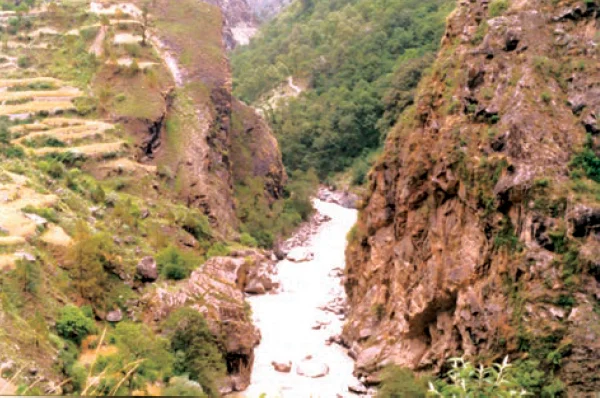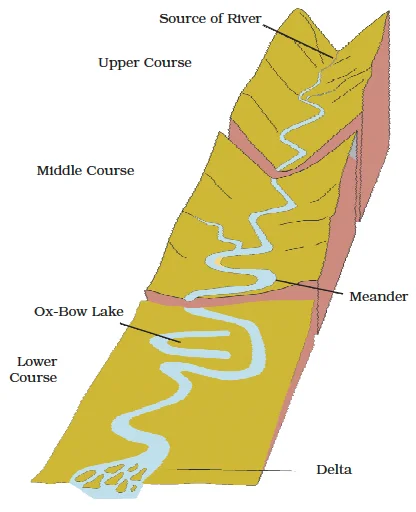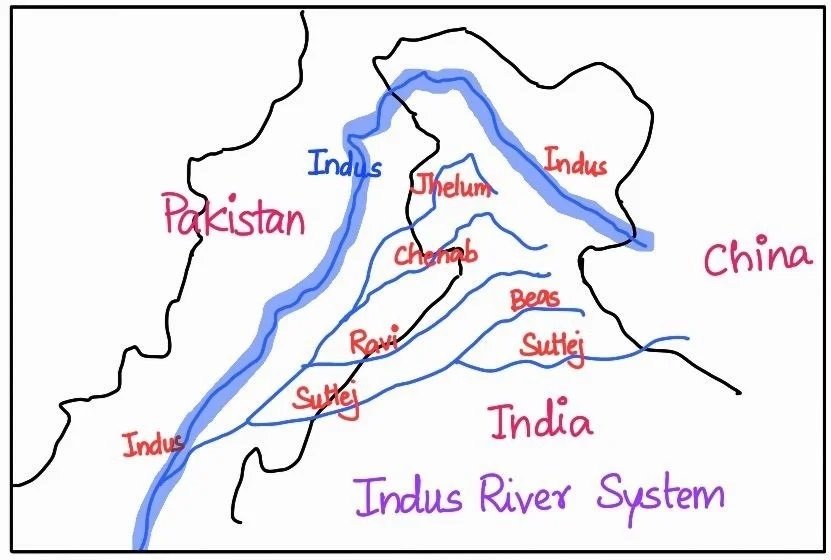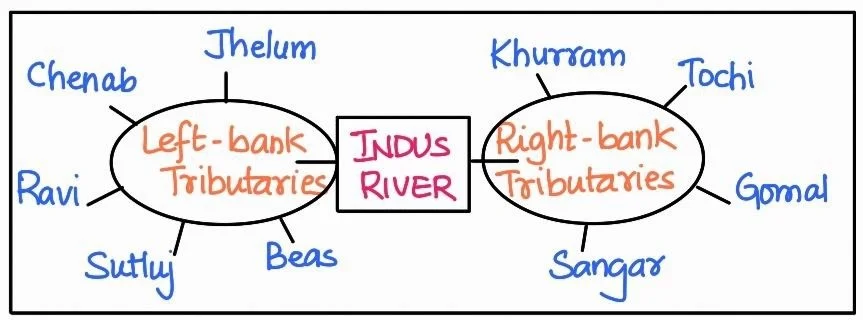![]() December 8, 2023
December 8, 2023
![]() 754
754
![]() 0
0
On the basis of the mode of origin, nature and characteristics, the Indian drainage may also be classified into the Himalayan drainage and the Peninsular drainage.
Let us understand the Himalayan drainage system.

A Gorge

Some features made by rivers

|
Do You know? According to the regulations of the Indus Water Treaty (1960), India can use only 20 percent of the total water carried by the Indus river system. This water is used for irrigation in Punjab, Haryana and the southern and the western parts of Rajasthan |
|---|

<div class="new-fform">
</div>

Latest Comments